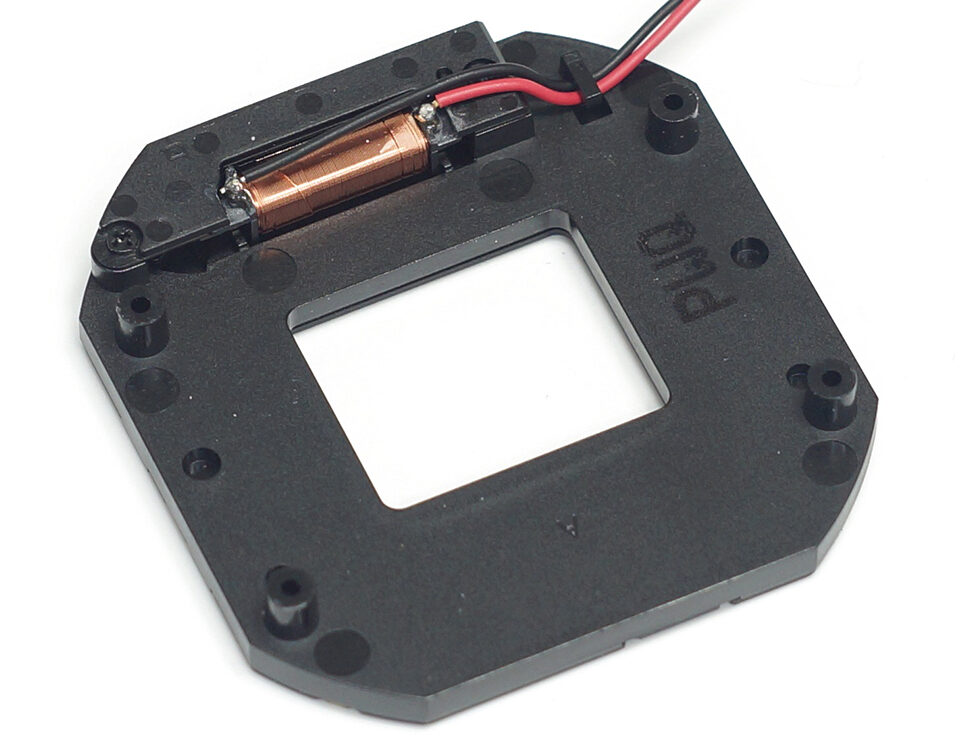Mechanical Shutter is a critical component in optical systems, controlling the amount of light entering and the duration of exposure. From traditional cameras to modern imaging systems, mechanical shutters have been key in improving image quality. But what exactly is a mechanical shutter, and how has it evolved over time? Let’s break it down.
1. The History of Mechanical Shutters
Mechanical shutters have a rich history dating back to the early days of photography. In the beginning, photographers didn’t have shutters. Instead, they used a simple lens cap, manually placing it in front of the lens to control exposure. It wasn’t until 1845 that the first attempt to block light using a wooden board was made in France. By 1856, a metal flapper was installed as a rudimentary shutter mechanism to automate exposure control.
As photographic technology advanced, the sensitivity of light-sensitive materials improved. This led to the need for faster, more precise exposure control. Early mechanical shutters began incorporating springs, gears, cams, and blades, eventually evolving into the complex mechanical shutters we see today in modern imaging systems and infrared cameras.

2. Types of Mechanical Shutters
Mechanical shutters can be classified based on their placement in the optical system. Here are the most common types:
- Focal Plane Shutters
These shutters are located just before the focal plane of the camera, typically used in smaller, interchangeable-lens cameras. They were originally designed to move horizontally but are now most commonly seen moving vertically. Focal plane shutters are less suitable for large-format cameras due to size constraints.
- Lens Shutters
Lens shutters are positioned near the lens and typically consist of a set of blades that open and close to control light entry. They are most commonly used in large-format cameras and medium-format cameras, where focal plane shutters aren’t feasible. Lens shutters are often simpler and more cost-effective, making them ideal for compact cameras. Depending on where they are installed, lens shutters can be classified as front shutters, rear shutters, or central shutters.
- Curtain Shutters
Also known as slit shutters, these are typically found in large-format cameras and provide precise control over exposure in specific applications.
3. Custom Mechanical Shutters for Specialized Needs
As technology advances, there is an increasing demand for custom mechanical shutters in various fields, including infrared cameras, spectroscopy, and high-speed imaging. For instance, certain infrared cameras and imaging devices require shutters that respond quickly and offer high precision, making off-the-shelf solutions inadequate. Custom shutters are often tailored to meet the specific size, material, and operational needs of unique imaging systems.
At Shenzhen Kuyang Electronics, we specialize in providing custom mechanical shutters to meet the specific needs of various applications. Whether you need a focal plane shutter, lens shutter, or any other type of custom shutter, we work with you to create solutions that match your requirements.
Conclusion
Mechanical shutters have come a long way from their humble beginnings, evolving into essential components in a wide range of imaging systems, from traditional cameras to modern infrared cameras and spectroscopy devices. Understanding the history and classification of mechanical shutters not only gives us insight into photographic technology but also helps us understand the innovation behind current optical systems. If you’re in need of custom mechanical shutters for your project, don’t hesitate to reach out.
